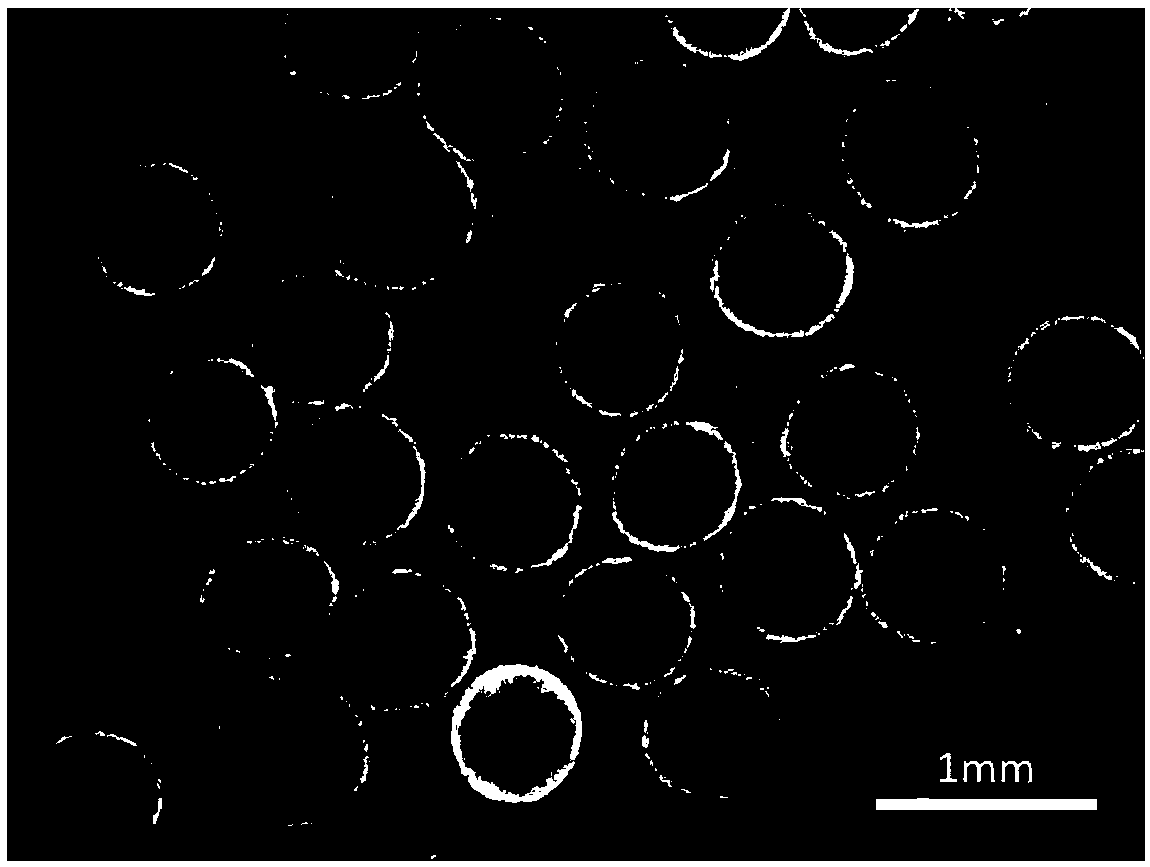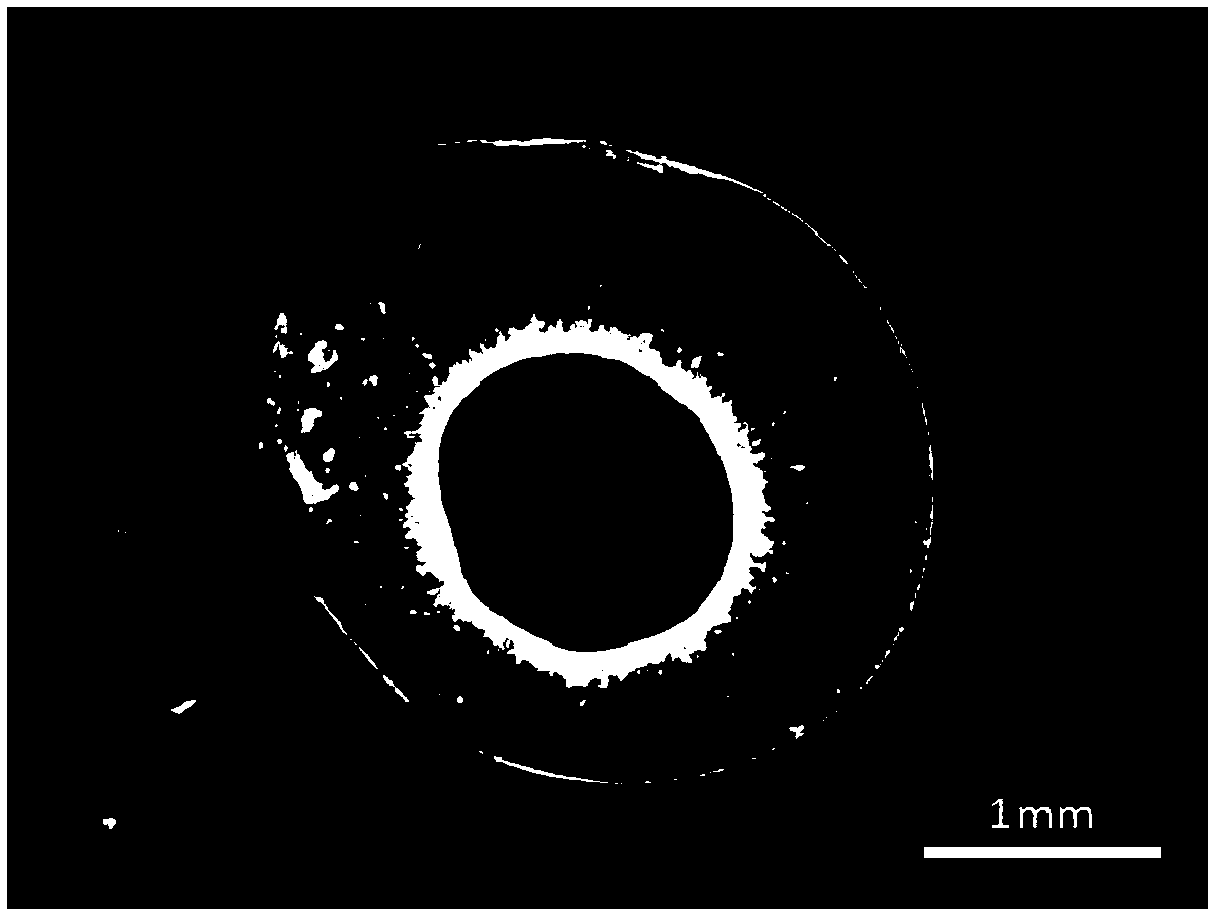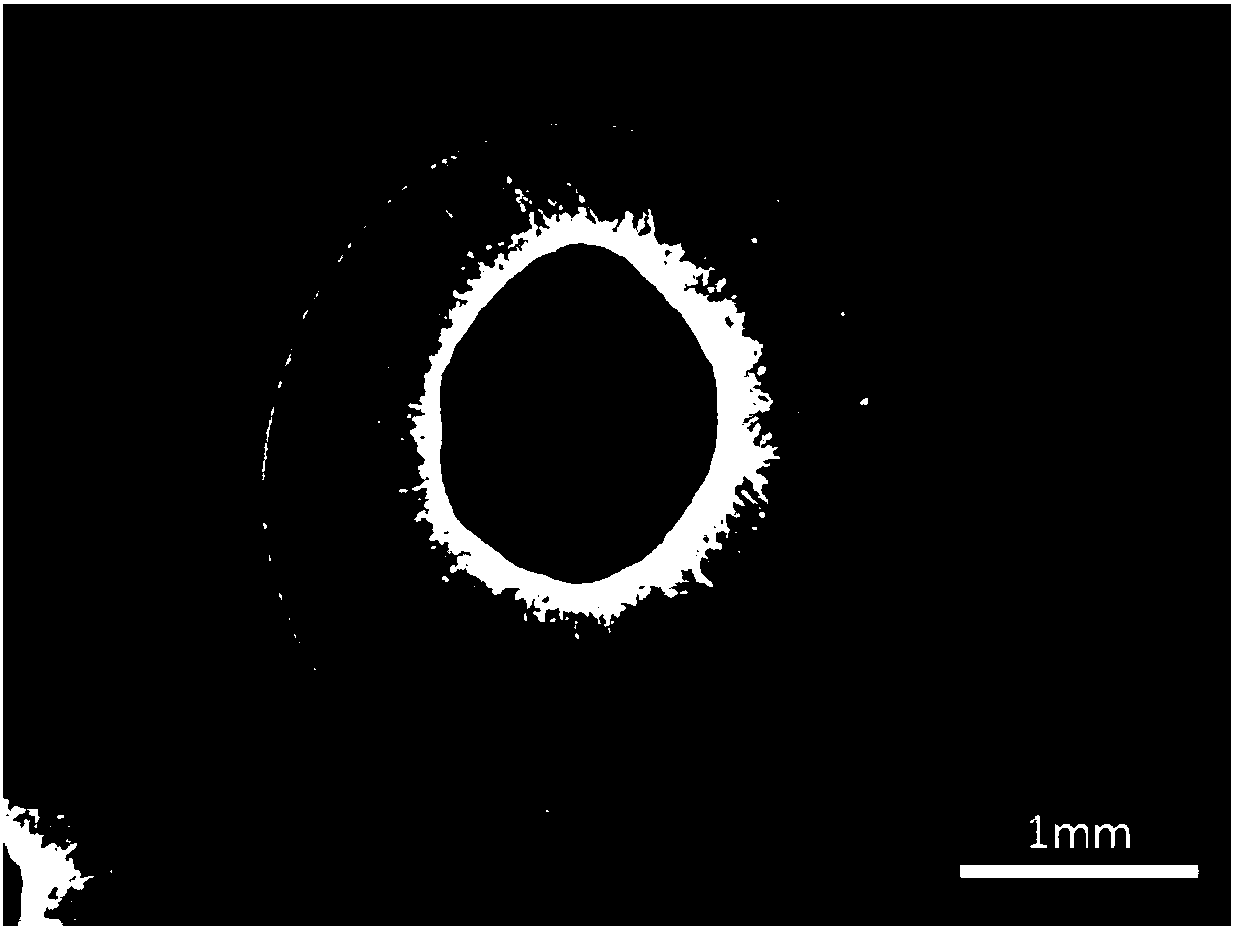Preparation method of 3D (Three Dimensional) brain organ
An organoid and brain technology, applied in the field of preparing 3D cerebral organoids from human neurospheres, can solve the problems of limitations, 3D neocortical corpuscles do not have the ability to develop a hindbrain, and cannot be simple, and achieve the effect of ensuring uniformity
- Summary
- Abstract
- Description
- Claims
- Application Information
AI Technical Summary
Problems solved by technology
Method used
Image
Examples
Embodiment 1
[0034] See figure 1 , figure 1 This is a process flow diagram of the preparation of the 3D brain organoids provided in Example 1 of the present invention.
[0035] Step 1. After obtaining the neurosphere from the RONA method (see the article Cultured networks of excitatory projection neurons and inhibitory interneurons for studying human cortical neurotoxicity published by Xu JC and Fan J on Science Translational Medicine in April 2016), the second Days were digested with accutase into single cells. After counting, the same number of 5000 cells were inoculated into the wells of a 96-well cell culture plate with round bottom, and placed on a circular shaker in a carbon dioxide incubator at 37 degrees Celsius using medium A. Cultivate for 7 days, change the medium every 3 to 5 days; medium A is Neurobasal and B27 additives (without Vitamine A) containing final concentration of 2μM retinoic acid, 20ng / ml BDNF and GDNF, 0.2mM ascorbic acid, 10μM cAMP, Among them, the dosage ratio of ...
PUM
| Property | Measurement | Unit |
|---|---|---|
| diameter | aaaaa | aaaaa |
Abstract
Description
Claims
Application Information
 Login to View More
Login to View More - R&D
- Intellectual Property
- Life Sciences
- Materials
- Tech Scout
- Unparalleled Data Quality
- Higher Quality Content
- 60% Fewer Hallucinations
Browse by: Latest US Patents, China's latest patents, Technical Efficacy Thesaurus, Application Domain, Technology Topic, Popular Technical Reports.
© 2025 PatSnap. All rights reserved.Legal|Privacy policy|Modern Slavery Act Transparency Statement|Sitemap|About US| Contact US: help@patsnap.com



